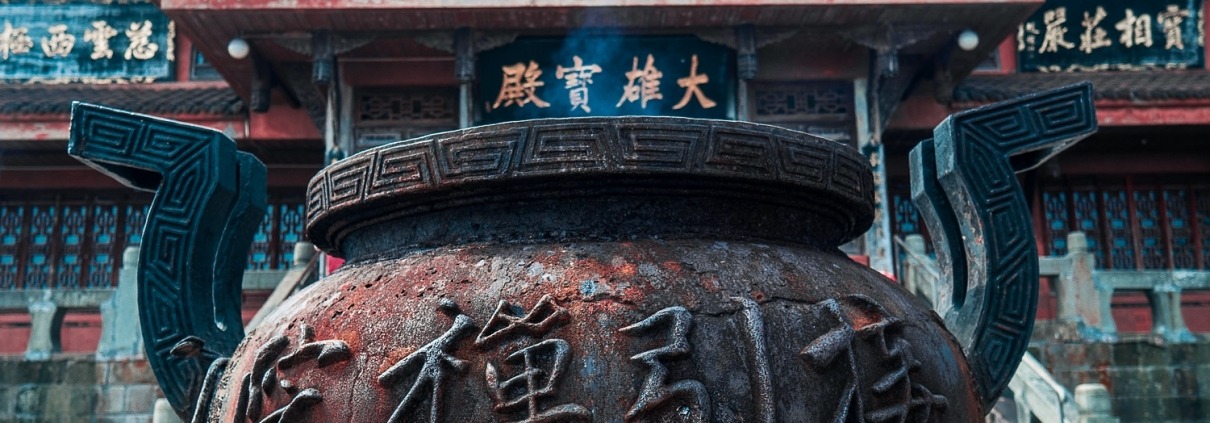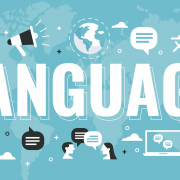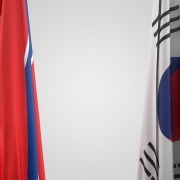The Many Languages and Writing Systems of China
With a population of about 1.4 billion people and an area of land that covers about 9,600,000 square kilometres, it’s no surprise that China is the world’s most populous country. Many people are under the assumption that all of those people must speak a common language: Chinese. But language in China is a bit more complicated than that.
The Many Languages of China
Mandarin is the official language of China. It “is the most widely spoken native language in the world: nearly a billion within China alone and 1.2 billion worldwide” (AsiaSociety). It is spoken in northern and central China as well as throughout the largest cities.
Cantonese is the local dialect spoken in the southeast of China. According to China Highlights, “There are an estimated 63 million Cantonese speakers in China [which is] 5% of China’s population.” It is the main language of Hong Kong, Macau, and Guangdong.
Mandarin and Cantonese are not mutually intelligible. They may share a common alphabet, but having a spoken conversation between them can be difficult.
Mandarin and Cantonese are not mutually intelligible. They may share a common alphabet, but having a spoken conversation between them can be difficult.
Following Mandarin and Cantonese are several other dialects that are spoken throughout southern China, including:
- Wu
- Gan
- Xiang
- Hakka
- Min
Some of these dialects have a certain degree of mutual intelligibility between them, but some do not. And all of them have variations, unique accents, and words that are only known in certain areas.
The Two Writing Systems
The written form of Chinese is one of the oldest still in use. There are no letters like you’ll find in the phonetic alphabet of English and most other western languages. Instead, traditional Chinese uses characters that represent concepts rather than sound. It’s a complex system of symbols that can be challenging to translate and understand.
In the 1950s, the Chinese government made a change to simplify the characters “in order to make learning to read and write the language easier for its then largely illiterate population” (Chinese Outpost). Traditional Chinese is easy to recognize for its complex characters, while simplified Chinese has fewer strokes per character.
The Right Translation for the Right Industry
Knowing your target audience will help with knowing what language to use and how to write for them. Currently, simplified Chinese is used in mainland China and Singapore. Traditional Chinese is more common in Hong Kong, Taiwan, and Malaysia.
The professional translators at ITC Global Translations have experience in the many languages of the globe. We have a strong network of linguists whose native language is Chinese in all its various forms. Regular evaluations ensure that their skills stay sharp, and our project managers continue to review the specific rules that apply to this complex language.
What makes us stand apart from other translation companies is our commitment to knowledge. Our Chinese translators know the language, but they also know the industry in which they work. They specialize in industries that range from corporate translation to tourism. What you need is what you get. If you need Chinese translation services, contact us today.






















Leave a Reply
Want to join the discussion?Feel free to contribute!